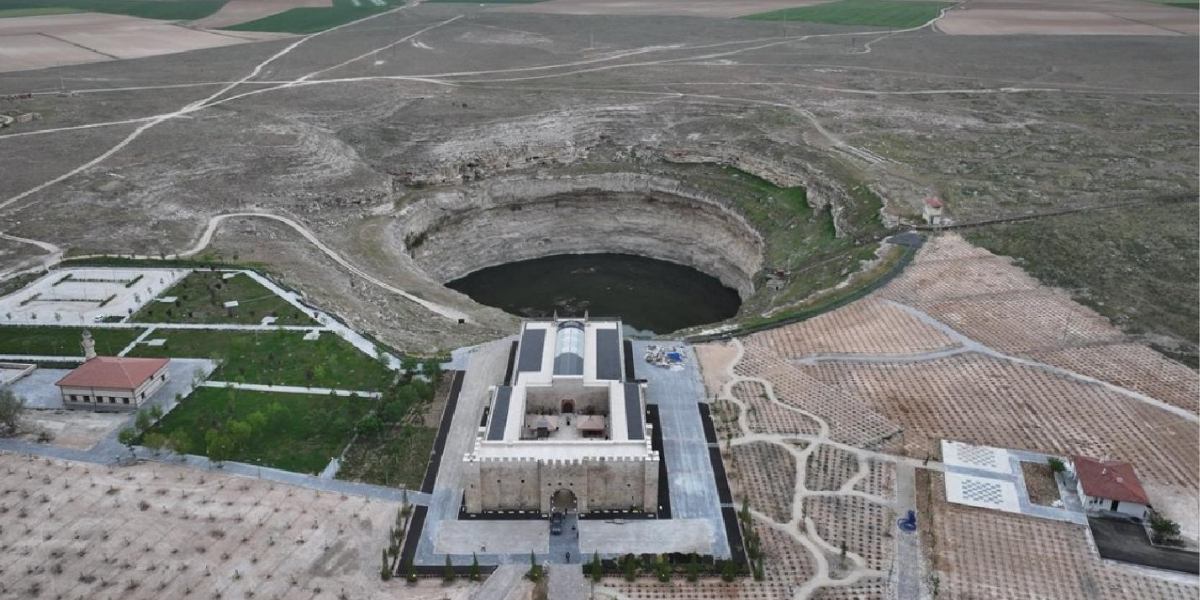
The 800-year-old Obruk Inn, considered the oldest hotel in Konya, has started to serve again
The 800-year-old Obruk Inn, which is considered to be the oldest hotel in Konya, completed its restoration and started to serve as a hotel again.
Obruk Inn takes its name from the Kizoren Pothole next to which it was built. Obruk Inn is one of the Seljuk period works.
The Seljuk caravanserai, which was built 800 years ago next to the 180-meter-wide and 145-meter-deep Kizoren Pothole, located at the 70th kilometer of the Konya-Aksaray highway, was converted into a 13-room hotel after 3 years of restoration work.
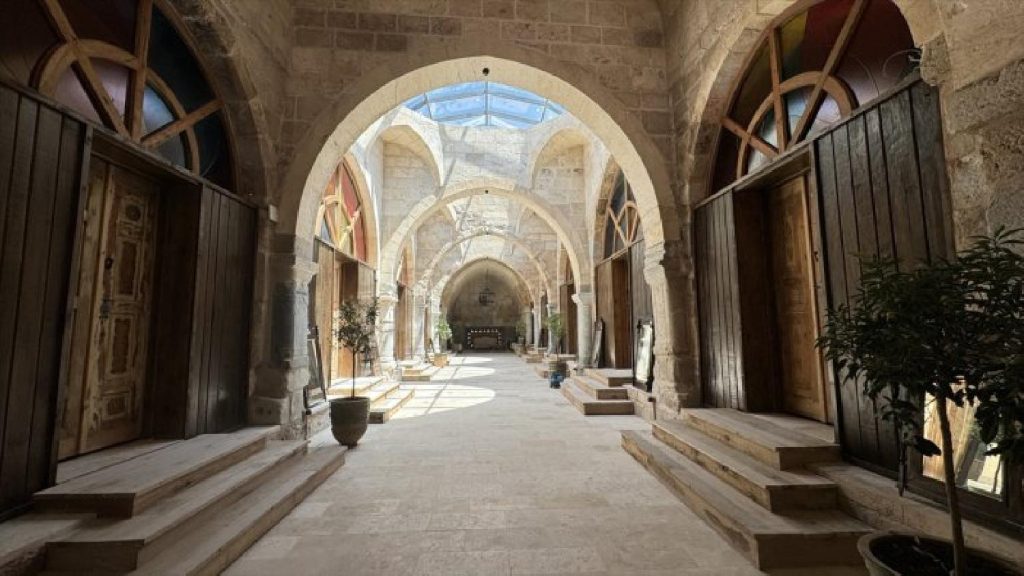
Mayor of Karatay Municipality Hasan Kılca said, “The Seljuk-era caravanserai next to the margin was in ruins in 2020.
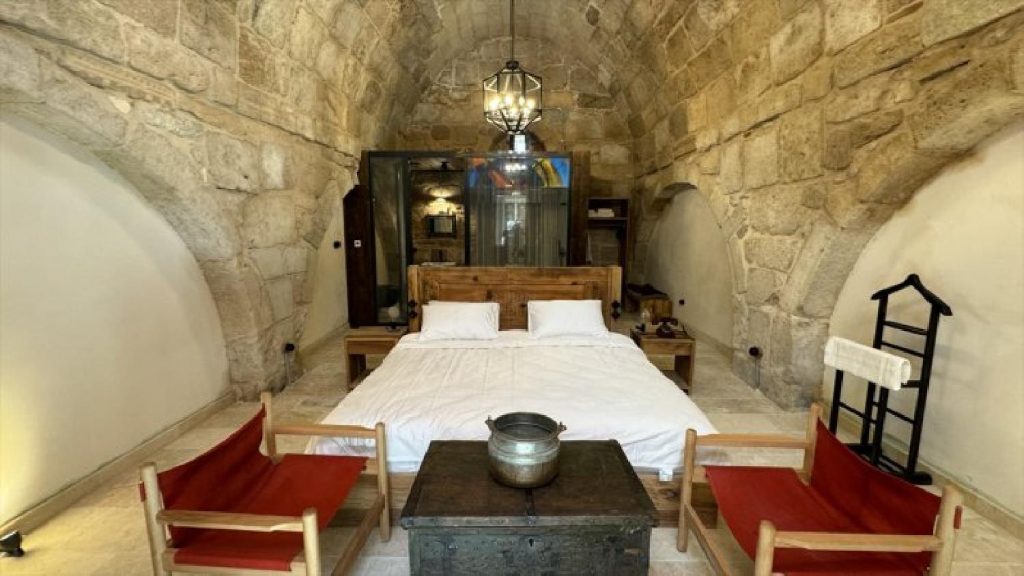
Stating that they completed the restoration in four years, Kılca said, “We used 200-300 year old materials that are special in the hotel. A guest staying here will feel as if he is staying in the 1200s. He will have time traveled.”
Obruk Inn was an important accommodation stop on the historical Silk Road.
Obruk Inn is a historical caravanserai located in Karatay district of Konya, 4 kilometers north of Konya-Aksaray highway. It was built in the 13th century by the Seljuk Sultan Alaeddin Keykubad. The inn takes its name from the Kizoren Pothole next to it.
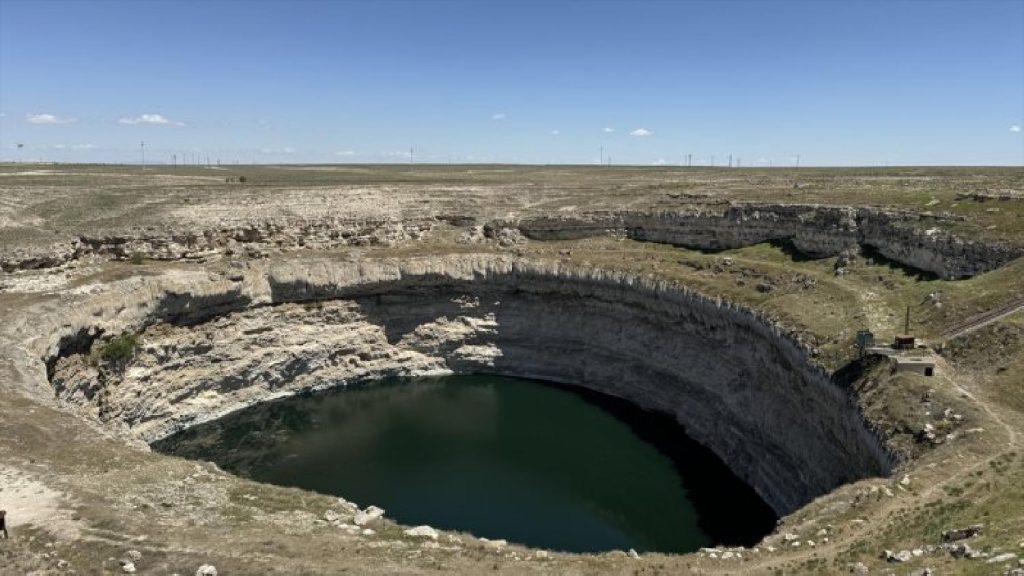
Obruk Inn has a rectangular planned residence area.
There is a courtyard on the southwest wing and a closed shelter section on the northeast wing. Smooth cut and rough masonry stones were used in its construction.
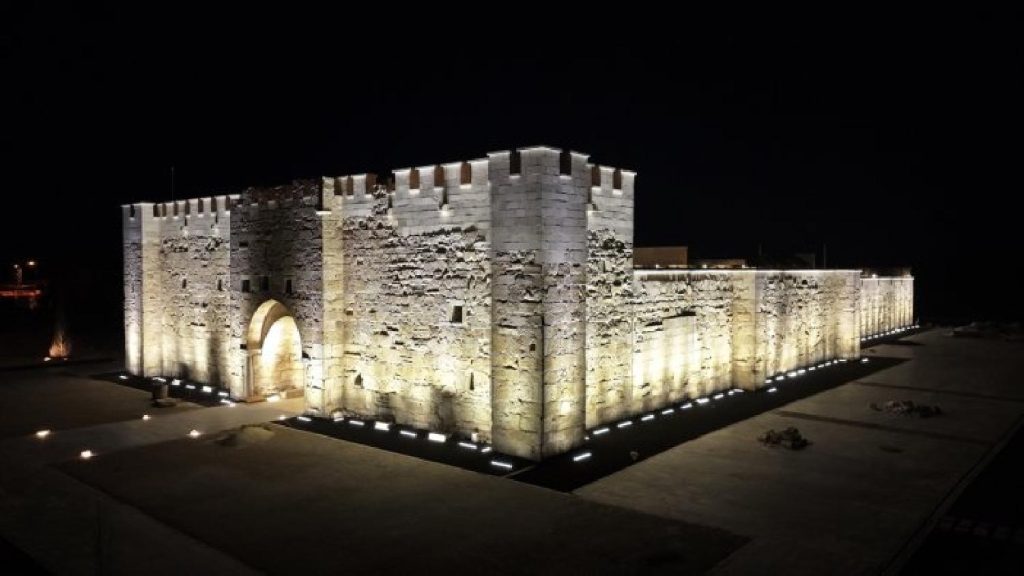
Ancient and Byzantine stones were also used in the masonry. There is no construction inscription, but it is assumed to date to the Seljuk period and the 13th century.
Cover Photo: Karatay Municipality
You may also like
- A 1700-year-old statue of Pan unearthed during the excavations at Polyeuktos in İstanbul
- The granary was found in the ancient city of Sebaste, founded by the first Roman emperor Augustus
- Donalar Kale Kapı Rock Tomb or Donalar Rock Tomb
- Theater emerges as works continue in ancient city of Perinthos
- Urartian King Argishti’s bronze shield revealed the name of an unknown country
- The religious center of Lycia, the ancient city of Letoon
- Who were the Luwians?
- A new study brings a fresh perspective on the Anatolian origin of the Indo-European languages
- Perhaps the oldest thermal treatment center in the world, which has been in continuous use for 2000 years -Basilica Therma Roman Bath or King’s Daughter-
- The largest synagogue of the ancient world, located in the ancient city of Sardis, is being restored











Leave a Reply